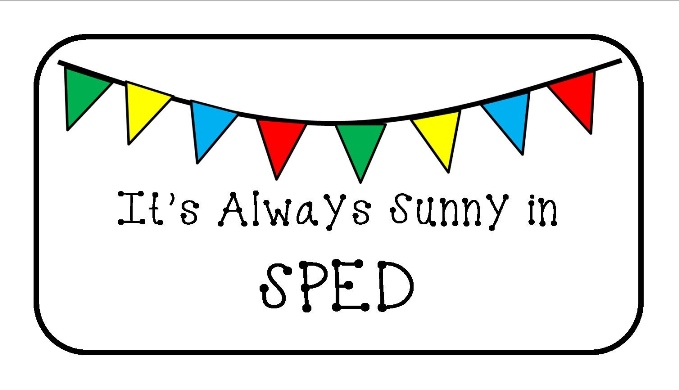My kids have a huge variety of toileting abilities this year- I have a couple who are completely independent, one who is toilet trained but still relies heavily on verbal prompting, one who is just starting the process, and then one who I am having great difficulty even getting him in the bathroom. I started the year with my normal toileting structure- potty visuals in the classroom to aid in transition to the bathroom, a wet/dry visual in the stall in the bathroom, and a visual schedule in the stall. These pieces of visual structure met the needs of most of my students- but not all.
I have struggled most of the year getting one of my students to actually transition from the classroom to the bathroom. Typically, he makes it into the pod and then sits down, refusing to move any further. Up until a few weeks ago, I was making the mistake of trying to correct his behavior once we got to the point of him sitting down. I had forgotten the most important step in behavior management- look at what is going on before the negative behavior happens and work to prevent this situation from ever occurring in the first place.
Around that time, we had a visit from one of the guys up at
Emory Autism Center. They ran a few workshops and Q&A sessions, observed our program, and sat down with us to offer suggestions. While some of the information provided at the general workshops were a little introductory- it was wonderful for me to be reminded of several techniques and tools that I hadn't considered using with my current group of kiddos.
On the day that our program was being observed, we orchestrated it so that I could demonstrate the difficulty with transitioning my one little guy to the potty. Can you guess what happened? He transitioned to the potty without any problems! I should have known! Our friend from Emory was still able to observe my toileting routine with this kid and suggested that I needed even more structure than I was providing. While my minimal visuals and schedules were working with my other kids, this one was a very special case and required much more structure.
I am happy to report that my student is now transitioning to the bathroom about 80% of the time. We have yet to get him in the stall but this is a huge accomplishment. Baby steps, right? Here is what we are currently doing:
1. Check diaper to see if wet/dry. We use a visual in a corner of the classroom to do this. Hand-over-hand for him to indicate which. Hoping one day he will be able to communicate this with us.
2. If wet, use the potty picture to transition to the bathroom.
3. In bathroom, we have a changing area with a visual. First, change diaper, then reinforce pics are used.
4. Visual schedule is used while changing diaper.
5. Reinforcer is given in the bathroom. This is something I wasn't doing before but was recommended.
6. Washing hand visual schedule is used.
I am hoping that we can eventually move the reinforcers into the stall so that he will at least enter it, then later moving to sitting on the toilet for a minute, and so on. We are still a long way from this but we're looking for progress, not perfection!
In designing the visual structure for my toileting routine, I put together
this pack. It includes 13 pages of visual schedules and structure to assist students still in diapers all the way to students who are toilet trained but require visual prompting. I hope you can find this one helpful!


















